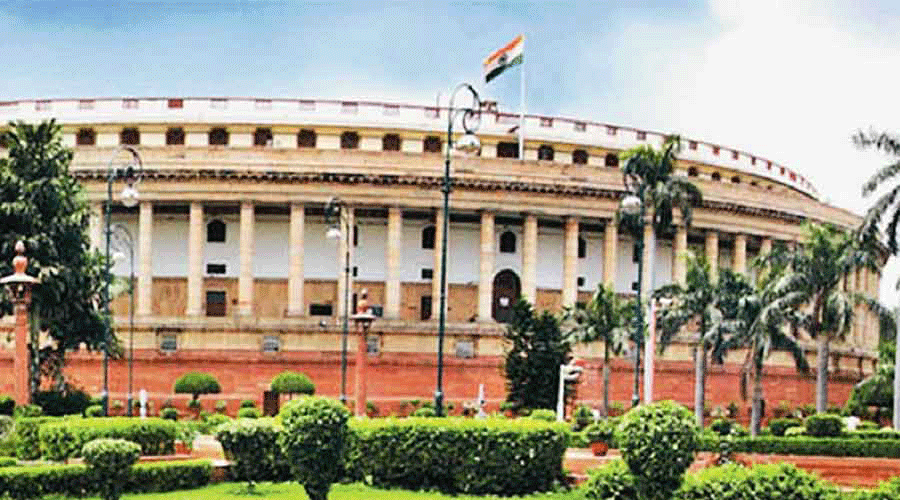The real wage of workers, or the purchasing power of the money received, is witnessing negative growth amid high inflation despite an increase in the nominal wage or the actual amount they get, according to the Economic Survey 2022-23.
The survey tabled in Parliament on Tuesday said nominal rural wage had increased at a steady positive rate till November 2022.
The year-on-year rates of growth of nominal wage in agriculture was 5.1 per cent for men and 7.5 per cent for women during April-November 2022.
In non-agricultural activities, the growth of nominal wage rates was 4.7 per cent for men and 3.7 per cent for women.
“However, growth in real rural wages has been negative due to elevated inflation. Going forward, as inflation is expected to soften with the easing of international commodity prices and domestic food prices, it is expected that this will translate into a rise in real wages,” the report said.
According to the Global Wage Report 2022-23 released by United Nations’ labour arm International Labour Organisation in November 2022, the rising inflation had caused real wage growth to dip to negative figures in many countries, reducing the purchasing power of the middle class and hitting low-income groups particularly hard.
The report suggested that India’s real wage had been growing at a positive rate till 2019. It dipped to -4.2 and -0.2 in 2020 and 2021, respectively.
Labour economist Amitabh Kundu said nominal wage means the amount received by a worker at current prices but the real wage was the value of that amount, computed by taking into account the standard base year price level so that temporal comparisons can be made after adjusting for inflation.
“The nominal daily wage might increase from Rs 50 to Rs 60 over a period of time, but the real wage may decline if the value of Rs 60 to buy the products and services is less than that of Rs 50 in the previous year. It happens due to inflation. In the informal sector, the nominal wage is determined by the supply of workers and demand for work without much State intervention,” he said.
Economist Sunil Ray, former director of A.N. Sinha Institute, Patna, said the majority of workers were gettingwages beyond a tolerable level,which means they are struggling to buy goods and services needed to ensure basicstandard of living.
“In India, the condition of about 70 per cent of workers has worsened beyond the tolerable level. About 20 to30 per cent may be protected and they create the market for the majority of the products by the industries. Inequity in wage differentials should not cover up the real story of negative wage rate and its impact on whom,” Ray said.










